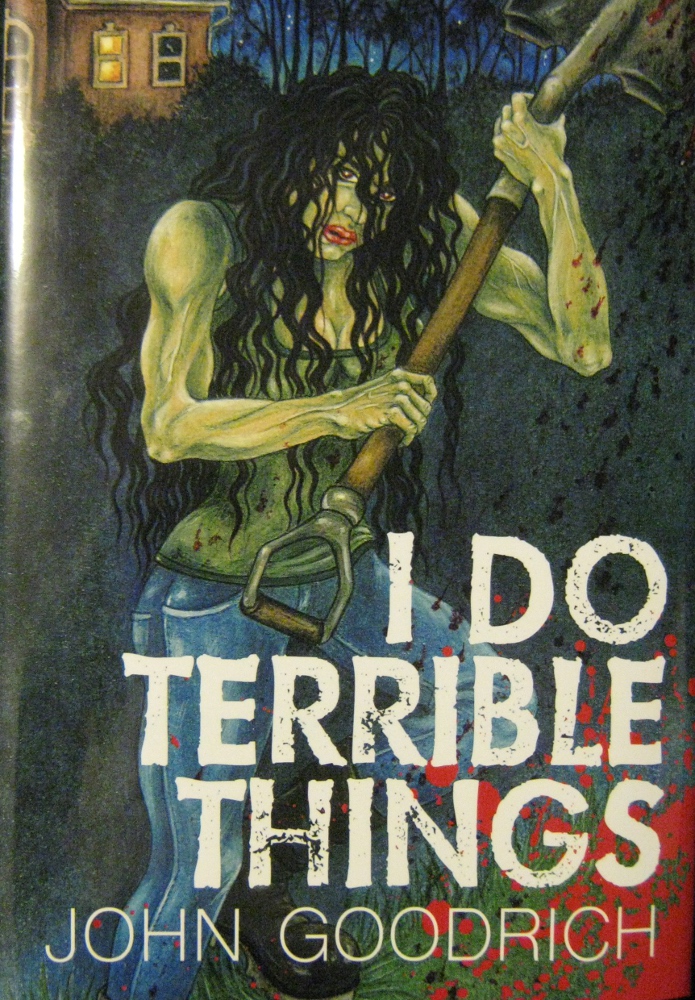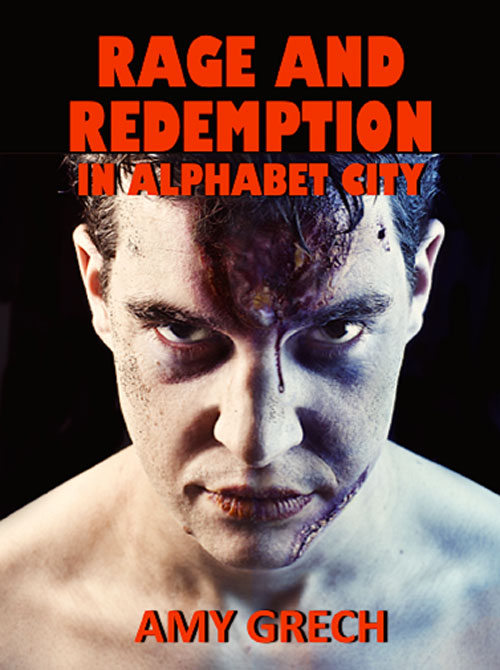This week on The Scariest Part, my guest is Mark Allan Gunnells, whose latest collection is FLOWERS IN A DUMPSTER. Here’s the publisher’s description:
Seventeen Tales to Frighten and Enlighten
The world is full of beauty and mystery. In these 17 tales, Gunnells will take you on a journey through landscapes of light and darkness, rapture and agony, hope and fear.
A post-apocalyptic landscape where it is safer to forget who you once were… An unusual support group comprised of cities dying of a common illness… A porn star that has opened himself up to demonic forces… Two men battling each other to the death who discover they have much in common… A woman whose masochistic tendencies may be her boyfriend’s ruin… A writer whose new friendship proves a danger to his marriage and his sanity.
Let Gunnells guide you through these landscapes where magnificence and decay co-exist side by side.
Come pick a bouquet from these Flowers in a Dumpster.
And now, let’s hear what the scariest part was for Mark Allan Gunnells. I think you’ll find it’s a fear many writers share:
For me, the scariest part of my short story collection Flowers in a Dumpster was the “pitch.”
I’m a writer who is used to letting my work speak for itself. I realize my writing may not appeal to everyone, but I strive to produce the best stories of which I’m capable and allow them to stand or fall on their own merit.
When Crystal Lake Publishing opened up for general submissions last year, I was very excited to submit a short story collection to them. They had quickly developed quite a stellar reputation, and I was impressed by how much they promoted their books. I was eager to work with them, and immediately starting putting together a manuscript of stories.
The catch came when I realized that the first step in the submission process was a “pitch.” They didn’t want to read any of my work initially; instead I needed to sell myself to them, convincing them that reading my work was worth their time.
I understand that this is a common practice in publishing, but I had never done a pitch before. In all my previous dealings with publishers, I’d simply submitted a completed manuscript and the publisher decided based on that. I had never had to entice a publisher, make my work sound appealing without giving them a sample of it. And quite frankly, I was terrified.
I love writing, and I believe in the stories I create, but I always feel a bit awkward talking about it. I don’t want to come off as too egotistical, and yet I also don’t want to undersell myself, and I find striking the balance between the two extremes a difficult one. I realized that with the pitch, I ran the risk of ruining my chances with Crystal Lake without them ever reading a single sentence of my fiction.
To be perfectly honest, I found the prospect of the pitch so scary that I almost didn’t even do it. I seriously considered not submitting because I was afraid I wouldn’t be able to make my work sound compelling enough. My fiancé and a good friend of mine talked some sense into me, so while the fear didn’t abate, I forged ahead crafting a pitch.
The instructions for the pitch laid out all the things I needed to include. I had to compare my writing style to that of known authors while also indicating what set my style apart from anyone else’s. I had to discuss things I’d done in the past and was open to doing in the future to promote my work. Since I wanted to submit a collection, I also had to include a brief synopsis of each story I planned to include in the manuscript.
I worked on this very slowly, going back and reworking certain aspects of the pitch, and finally finished at the very last moment, just before the deadline. I sent the pitch in to Crystal Lake, not expecting to make it to the next stage in the process. Whereas I feel confident with my fiction writing, I was most decidedly unconfident about my pitch. But for better or worse, it was done, and there was nothing to do but wait.
I was beyond ecstatic when I was told that they liked my pitch, and I moved on to the next round of the submission process which was sending them 3 short stories. Finally I felt back on sure ground, letting my actual work do the talking for me. Obviously, the release of Flowers in a Dumpster is evidence that they liked what my stories had to say and accepted the collection for publication.
Ultimately this has proven to be a wonderful experience, and I’m happy that I worked through my fear and sent in the pitch. And yet I won’t lie, it scared the shit out of me.
Mark Allan Gunnells: Amazon Author Page / Blog / Pinterest
Flowers In a Dumpster: Amazon / Barnes & Noble / IndieBound
Mark Allan Gunnells loves to tell stories. He has since he was a kid, penning one-page tales that were Twilight Zone knockoffs. He likes to think he has gotten a little better since then. He has been lucky enough to work with some wonderful publishers such as Apex Publishing, Bad Moon Books, Journalstone, Evil Jester Press, Etopia, Sideshow Press, Great Old Ones Publishing, Sinister Grin Press, Crystal Lake Publishing, and Gallows Press. He loves reader feedback, and above all he loves telling stories. He lives in Greer, SC, with his fiancé Craig A. Metcalf.





